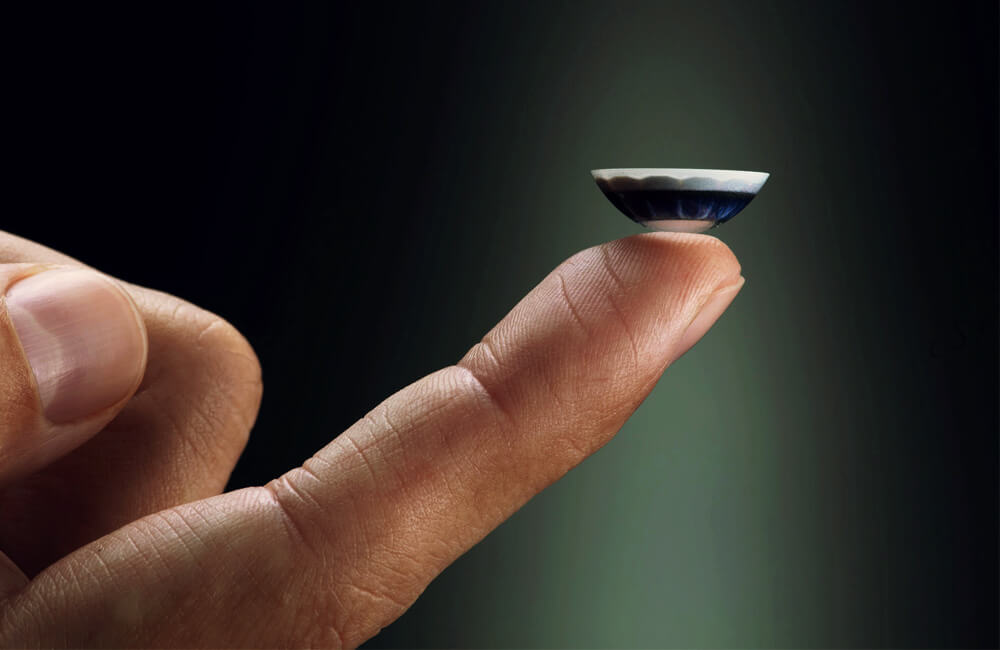.jpg)
.jpg)
Changing Lives & Disrupting Dialysis with Wearables.
The global wearable artificial kidney (WAK) market is ready to take-off. Valued at $50m in 2019, it’s expected grow at a CAGR of 96.7% and become worth $7.7bn by 2027.
This is no surprise. WAKs will revolutionise dialysis for renal patients around the world, providing a better quality of life and higher standards of treatment. It also has the potential to save healthcare organisations billions of dollars, but more on that later.
What’s Going on in Dialysis?
When kidneys fail, dialysis is needed to keep the body in balance - removing waste, salt and extra water. This helps the body maintain a safe level of specific chemicals in its blood such as potassium, sodium and bicarbonate.
Traditionally, there’s been two types of dialysis: hemodialysis and peritoneal dialysis.
In hemodialysis, an artificial kidney or dialyzer is used to clean a patients’ blood through removing waste, extra chemicals and fluid. To get the patients’ blood into the device, the doctor makes an entrance into the patient’s blood vessels. This is done by minor surgery, usually in the arm.
For peritoneal dialysis, blood is cleaned inside the body. A doctor will place a soft plastic tube called a catheter into the abdomen to make an access. During the treatment, a dialysis solution (usually made up of water with salt and other additives), goes through the catheter and into your abdomen. Extra fluid and waste products are drawn out of the blood and into the dialysate.
For these types of dialysis treatments, patients must visit the hospital three times a week for hours at a time. Many also must take 20 to 30 pills a day which can get expensive. Patients are also restricted on how much water/fluids they can drink and are advised to avoid eat salty foods.
Although some kinds of acute kidney failure do get better after treatment, it’s mostly permanent. That means patients are subjected to this treatment for the rest of their lives. This can affect their mental health, sleep and makes it difficult to hold down a job.
Times are Changing.
In 2019, successful prototypes were created for WAK devices – an idea pioneered by kidney specialist & nephrologist, Dr Victor Gura, in the late 1990s. WAKs convert a 300-pound dialysis machine into a device that weighs two pounds and can be worn on a belt.
These portable dialysis devices are designed to let patients experience the benefits of daily dialysis, while performing their normal day-to-day routines. With WAKs, the only time patients need to visit the hospital is for the initial 20-minute procedure that gets the device surgically attached.
WAK patients can drink water at will, as well as eat salty, potassium and phosphorous rich foods while wearing their device. They are also able to go to the bathroom with the device attached, unlike traditional dialysis patients.
Patients don’t have to take any pills for the high phosphates in their blood (which come from food). This is because the WAK device works around the clock like a healthy kidney. This could save the US healthcare system alone $5bn.
WAK devices also use less water than the larger hospital dialysis machines; requiring only 370 CCs of water, opposed to 40 gallons.
Traditional dialysis treatment only works as many times as the patient visits the hospital that week. However, WAKs are continuous. That means they are more effective and remove excess water at the same rate as a natural, healthy kidney.
The State of Play.
The three major firms that have developed successful prototypes so far include Blood Purification Technologies, AWAK Technologies and the Dutch Kidney Foundation. All these patented prototypes have been approved for human clinical trials by the FDA and have been successfully tested in the EU.
WAK products are now in the stage of product refinement, allowing for greater patient comfort and ease of operation. These enhancements are also being done to gain competitive advantage in the market.
While there are a few challenges to overcome like the risk of infection with the device, it seems we’re only a handful of clinical trials and funding rounds away from a game changing device hitting the market.
I’m really excited to see the impact that the WAK will have on the medical device companies that I recruit for in dialysis and the advantages they’ll bring for patients around the world. They will change lives.
If you'd like to chat about this article or require my recruitment services, please get in touch at Becky.Rowlands@medical-cm.com.
Recommended.

A Bold New Era for Diabetes Management.
As the diabetes management sector develops around patient demand and a changing landscape, start-ups are flourishing. But who are the main leaders in this space and, more importantly, what can we expect from them?

Smart Lenses: A Solution for Diabetes & Glaucoma?
Smart contact lenses are our path to finding an all-in-one solution to help patients manage both diabetes and glaucoma. Here's what we know about them so far...

"You often don't have to persuade people there's a need for change, you just have to show them how to do it"
For this episode of CM Conversations, Ben Thompson & Jerome Richards, Directors at CM Medical, spoke with Rob Jenkins and Will Flack from F&J Agile Solutions.

"As a patient, this technology would have changed my life."
I was joined by Tim Fitzpatrick who shared stories about his remarkable recovery from a flight-related injury and gave insight into how he became the CEO and Co-Founder of Ikona.
Comments.